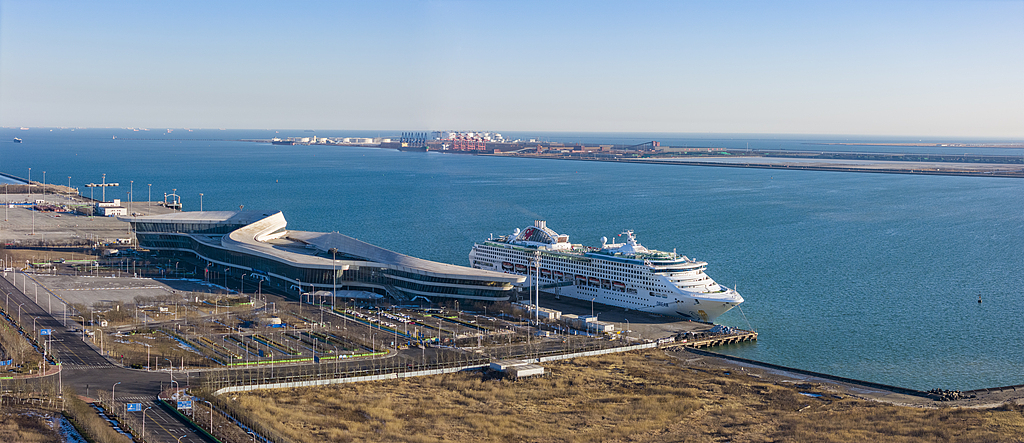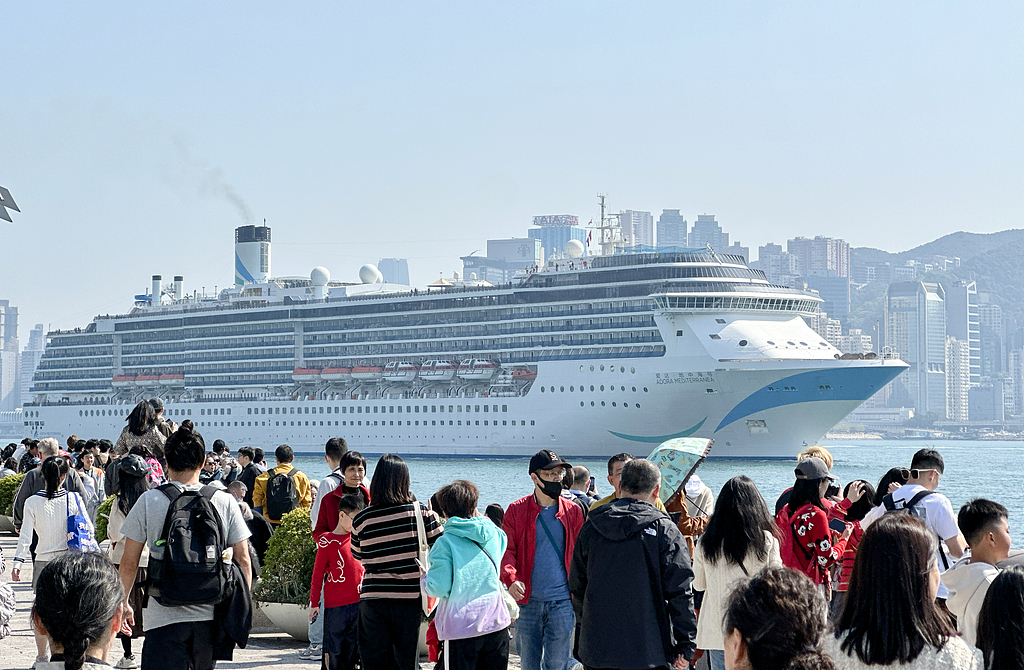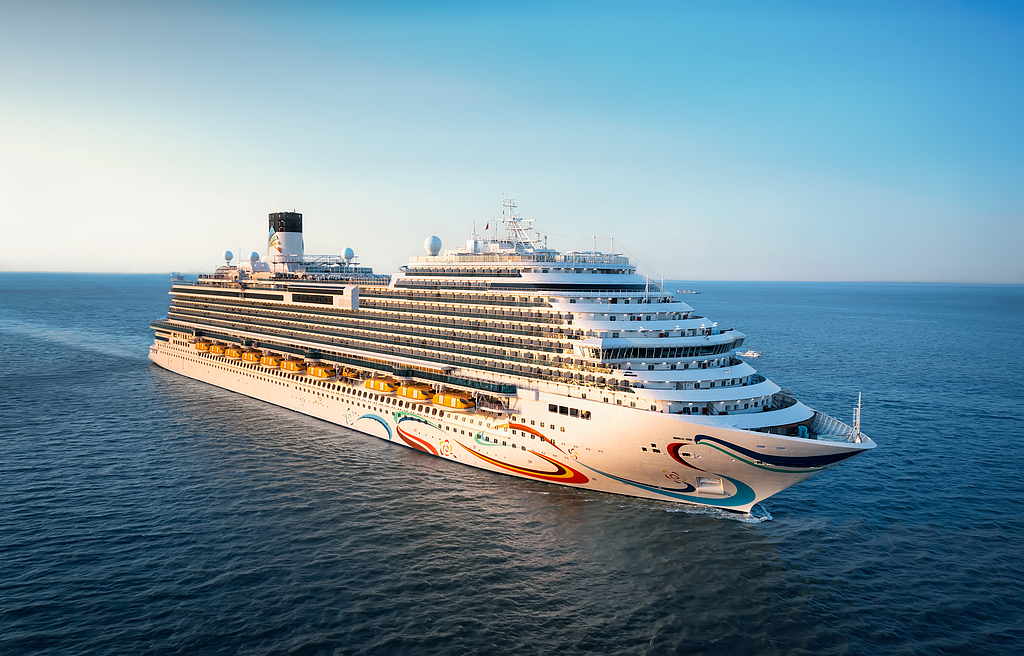China's 'Cruise+' Economy Gains Momentum as Market Heats Up in 2024
China's international cruise market surges back to life in 2024, driven by soaring consumer demand and government backing.

Since the start of 2025, China’s international cruise market has experienced a dramatic resurgence, powered by robust consumer enthusiasm and a series of supportive government measures. The implementation of visa-free entry and transit exemption policies has accelerated this rebound, transforming the so-called “Cruise+” economy into a vital new driver for tourism consumption, service sector upgrades, and broader regional development.

Official statistics highlight the impressive scale of this revival: in the first quarter of 2025 alone, 16 international cruise ships completed 141 voyages to China, carrying approximately 328,000 passengers. This represents a remarkable 67.8 percent year-on-year increase. Among the most noteworthy achievements was the Tianjin International Cruise Home Port welcoming three cruise ships simultaneously for the first time, resulting in an unprecedented 15,000 passenger movements in a single day. Meanwhile, Shanghai’s international cruise terminal set a fresh post-pandemic milestone, managing nearly 30,000 entries and exits in just one day.
Recognizing the swift recovery and immense potential, major global cruise lines are expanding their presence in China. The country’s enormous consumer base and burgeoning appetite for high-end travel experiences have inspired leading operators to ramp up investment and introduce more sophisticated vessels. Executives from the cruise industry have publicly expressed confidence in China’s role as a primary growth market for cruise tourism in the coming years.

The momentum is further strengthened by the rapid progression of domestically built cruise ships. The firsthand success of the Adora Magic City has now been joined by the Adora Mediterranea, which recently embarked on its maiden voyage from Shenzhen. This development provides a fresh boost for the cruise market within the Guangdong-Hong Kong-Macao Greater Bay Area—a region earmarked for future tourism and economic integration.

Looking ahead, the construction of China’s second large domestically built cruise vessel, the Adora Flower City, is generating significant anticipation. Set to boast a gross tonnage of 142,000 and a length of 341 meters, the new ship is projected to debut by the end of 2026 and will operate out of Nansha, Guangzhou. Industry experts see this as a clear sign of China’s growing technical capability and ambition to become a leader in the global cruise segment.
The impact of the cruise boom extends beyond hardware and passenger numbers. Cruise tourism routes from Chinese ports to popular destinations in Japan, Southeast Asia, and the Mediterranean remain highly attractive, while interest is steadily growing in specialized itineraries to places like the Arctic and Antarctic. The customer base is also evolving: what was once considered a traditional leisure activity is now attracting high-end travelers seeking unique experiences and has emerged as a preferred choice for outbound trips.
As the cruise industry continues to expand, analysts predict ongoing growth will spur further innovation across tourism, hospitality, and logistics sectors. The ripple effects are already being felt in port cities, where the influx of international visitors is driving new investments and upgrades throughout supporting industries. With policy support remaining strong and consumer interest still rising, China’s cruise economy appears set for a prolonged period of dynamic development.




